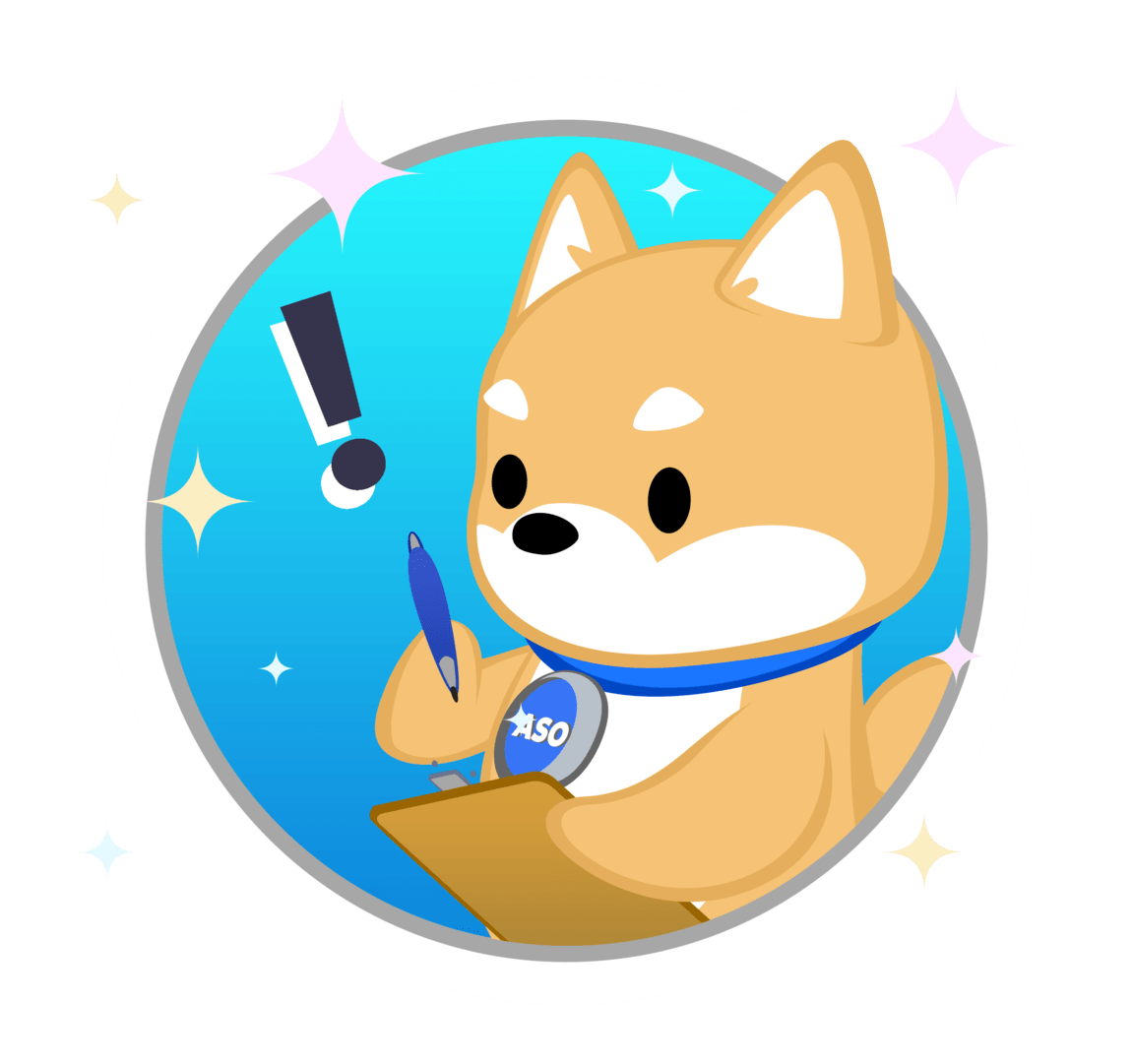
Posted on February 20th, 2017
It is the worst feeling when a new app crashes and there is no way to solve the issue. Many iOS users want to converse directly with app developers, but could not do so until now. Apple has been making many improvements recently, including App Store Search Ads that target popular terms that developers can now bid on, similar to Google’s Ad Words platform. The biggest news, however, is the recent announcement of Apple’s newest software update iOS 10.3, which finally allows app developers to respond to user reviews. To create more interactive storefronts, developers can now reply to any posted app review, making the response visible for all other users in the App Store to see. Users will get an alert when their review receives a response and can update the review if they choose. Moreover, with the addition of the SKStoreReviewController API, users will be able to review an app without sending them back to the App Store. iOS users can look forward to getting fast responses and feeling more support when there is an issue. Developers replying to reviews will create a better user experience and improve their app’s rating. By delivering great responses that assist users, developers will be able to fix issues faster, improve user engagement and see increases in conversion rates. While iOS users will get the satisfaction of hearing back from developers, Android users have first-hand experience in receiving responses from app developers. Replying to reviews has effectively solved confusion or issues and has led to higher conversion rates. Google Play is the first to create a dialogue that in turn brought more popularity to apps. It has also been incredibly informative to users on what to look forward to next in upcoming app updates. iOS developers need to learn from what Android developers have done to effectively respond to app reviews. Thankfully, Apple strongly encourages developers to take advantage of the new update and start responding to all reviews, regardless of star-rating. There are some tips on how Google Play developers should respond and what kinds of reviews to reply to. Apple, however, has a list as well to help developers get a good handle on how to reply to app reviews.

Posted on February 16th, 2017
The annual Game Developers Conference has become the premiere hub of knowledge for experienced and up-and-coming game developers. The expansion of the conference into the mainstream has coincided with the massive growth of mobile gaming on iOS and Android, making GDC the perfect place to top-up on mobile knowledge. Last year’s GDC focused heavily on VR, with the announcement of the PlayStation VR device dominating the show. Even so, many impactful announcements were made for mobile, including the Indie Corner for Google Play, updates and figures for the Unity engine, and marketing insights from major figures at Spry Fox and EA. GDC 2017

Posted on January 30th, 2017
Apple’s new Search Ads initiative has opened up a whole new route to the top of search results. Bidding on a Search Ad is easy, but don’t think that just because you paid the highest amount you’ll suddenly see a huge increase in downloads. To fully take advantage of App Store Search Ads, your app needs to be optimized. Here are the top five strategies for creating a successful App Store Search Ad.

Posted on January 24th, 2017
User experience design is constantly evolving, and there will no doubt be many advances to the field in 2017. UX in mobile is one of the most crucial elements of user monetization and retention; spurred on by Apple and Android’s elegant designs, users expect a similar level of finesse from their app experiences. Here are a few ways you can expect to see UX move forward in 2017.

Posted on January 14th, 2017
The New Year is here, and with it comes a whole new batch of trends to stay on top of. With regards to mobile trends 2017 has the potential to be a unique year. Last fall Apple shook up the world of mobile in a major way by shortening their Title field and introducing Search Ads. This quarter, expect app developers to refine their technique when it comes to mastering the new App Store ecosystem. Look out for these trends in Q1 2017: Search Ads Get Refined As the year moves on, more and more app developers will begin to discover what performs best for Search Ads. Look for major developers to hit Search Ads even harder in an attempt to expand their search footprint into any relevant keywords. Similarly, as more developers begin to target wider swaths of Search Ads, they will also refine how to best convert users from Search Ads. As the New Year begins, make it a priority to learn the best practices for landing and converting from Search Ads.

Posted on January 11th, 2017
Search Ads may seem straightforward at first blush – Just target a highly searched term, bid higher than the competitors and watch your app take off. In reality, placing a successful Search Ad is more complex. In order to have the best possible Search Ad, you must meld your advertising strategy with your ASO strategy. You should also take into consideration how your iOS screenshots, title and icon will display in your Search Ad. Even with an optimized listing, your Search Ad means nothing if it doesn’t place your app in front of numerous new users. For this reason, your Search Ad strategy must constantly evolve, just as your keyword and creative strategies likely have in the past. Make an active attempt to stay on top of all relevant, popular search terms that you can, and jettison old ads that are no longer converting for your app. Below, we will take a look at several trends that will impact popular Search Ads over the first month of 2017.

Posted on January 6th, 2017
Google has updated its metadata rules in order to create an improved experience for users. The new rules outline suggestions based on appropriate content, as well as best practices for highlighting your app’s best features in the Google Play store. Many of the new updates simply reflect what Google has been saying all along – don’t lie about the functionality of your app, don’t stuff unrelated keywords into your description, and don’t use the names of other apps out of context. In the below screenshot, Google outlines how some developers try to scam their way to rankings by stuffing inappropriate keywords into their app descriptions. In case the above points aren’t clear, Google outlines specifically what they are not looking to see in a description:

Posted on January 4th, 2017
The annual Consumer Electronics Show is here again, and it promises to bring a host of exciting information for the tech industry. While Apple and Google have carved out their own times for annual announcements, CES can still have an impact on mobile. Here’s what we can expect from the convention this year.

Posted on January 3rd, 2017
App Store Search Ads are often cited as the number one trend to watch for app developers in 2017. Placed prominently at the top of relevant search queries, Search Ads show vital information about your app to potential customers and, in concept, can help even a small independent app reach the top of search. In line with the traditional ASO process, Apple ensures that their Search Ads work based on relevance and not based solely on the highest bidder. Even so, landing a Search Ad is not a guarantee that you will begin converting users right away. To get the most from your Search Ad, it is important to target the right terms at the right time. Just as trends shape the keyword landscape in the App Store, so too will they dictate which Search Ads are best for your app. To this end, any developer targeting Search Ads should take several steps prior to settling on a campaign strategy.

Posted on December 21st, 2016
It has been a wild ride for Pokémon GO. The hit augmented reality game

Posted on December 17th, 2016
Like Pokémon GO before it, Super Mario Run hit the App Store hard when it launched on December 15th and quickly rose to number one on the Top Grossing charts. The game’s whirlwind success is certainly worth celebrating, and shows the enduring strength of Nintendo’s key properties. But in a market dominated by King and Supercell, will Nintendo have the savvy to keep Mario on top? That is the question we aim to answer with Super Mario Run’s first ASO report card. Nintendo is still new to the mobile market, after all, and they are facing off against companies that have had years of practice creating lasting brands in the App Store. Apple conferences and press tours have given Super Mario Run a fantastic start, but Nintendo also needs to consider the long tail profits of the app. With that in mind, it’s important to first examine the history of Nintendo products in the App Store. While Mario might be the most prolific of Nintendo’s characters to enter the App Store, he isn’t the first. Nintendo launched Miitomo in North America on March 31, and the app peaked at number one on the App Store’s Top Free Downloads chart. The app never got so high on the Top Grossing chart, topping out at just under 100 before falling back off. Today, the app does not place on either of the two charts. Perhaps a more immediate point of comparison, though, would be Pokémon GO. While not technically developed by Nintendo, the Pokémon brand is partially owned by the gaming giant, and Pikachu is considered one of Nintendo’s most recognizable mascots. The game also launched to a similar level of success as Super Mario Run, placing number one on both the Top Free Downloads and Top Grossing charts. It eventually went on to become the fastest mobile game to gross $600 million. But again, the initial success of the app was not necessarily indicative of long-term legs. Pokémon GO currently sits at number six on the Top Grossing charts (certainly not a bad position, but still a steep drop from number one) and number 50 on the Top Free Downloads chart. Keep in mind this is just after the launch of new collectable Pokémon, a time when the user base should be expanding. The quick success and sharp decline of Miitomo and Pokémon GO tell a story of big brands drawing mainstream attention, but a lack of long-term marketing coordination to keep those brands at the top. As we pointed out in a similar piece about Pokémon GO, these trends have a lot to do with the app’s keyword rankings. Pokémon, for example, failed to pick up rankings for feature-related keywords like “RPG, collect, catch, raise”, etc. It even missed out on rankings for famous Pokémon like Mewtwo and Charmander. Its rankings for more generic terms like “Pokémon game” and “mobile games” were strong, but ultimately it failed to reach out to a wider audience by neglecting feature-based keywords that users might be searching for. At this early stage, Super Mario Run looks to be following this trend closely. Take a look at a sample of its relatively limited rankings below. Currently, the majority of Super Mario Run’s rankings revolve around the Mario franchise itself – See “Mario Games” and “Mario Bros” above. A few come from the company itself, like “Nintendo”. The app also ranks well for its major characters – “Mario” and “Luigi” are number one, and “Peach” is number 33. But when it comes to genre or feature terms, there are many highly-searched areas that Super Mario Run leaves on the table. The app is unranked for very popular, relevant terms like:

Posted on December 15th, 2016
Subscription-based services are growing on the App Store, and Apple has made no secret of their wish for more developers to start offering them. In an October earnings call, CEO Tim Cook detailed the company’s record-breaking Services growth in the fourth quarter front and center. “We’re thrilled with the customer response to iPhone 7, iPhone 7 Plus and Apple Watch Series 2, as well as the incredible momentum of our Services business, where revenue grew 24 percent to set another all-time record.” Those Service revenues contributed to “a new record \[in operating cash flow] for the September quarter” according to CFO Luca Maestri. In other words, App Store Services are here to stay, and they’re only going to become more commonplace as the market matures. The success of Services on the App Store has already led Apple to incentivize their inclusion in apps. Earlier this year, Apple announced they would begin taking a smaller revenue split from Service subscriptions as long as customers maintained their subscription for over a year. After one year of consistent subscription, the traditional 70-30 revenue split will lower to 85-15, incentivizing more developers to offer quality subscriptions through their apps. Some developers are already taking advantage of the change. Major services like Netflix and Spotify are no doubt anticipating the benefits of a massive increase in revenue from a loyal subscriber base. However, subscriptions are no longer limited to services. Just look at Supercell’s Extra Builders service for Boom Beach. To quote their app description as of this writing, “Extra Builders is a monthly subscription service that allows you to build or upgrade two buildings at the same time. Extra Builders cost 2.99 USD/month (or local equivalent”. At a low cost of $2.99/month, it’s a relatively harmless buy for hardcore fans of the game that offers a real, tangible in-game benefit. Expect to see much more of this spreading to games in the future as developers attempt to incentivize users to start up a subscription in addition to (or even in place of) paying for individual in-app purchases. It’s not hard to see subscription-based shopping networks, dating apps and other services flourishing as Apple continues to incentivize subscription purchases, too. As the App Store continues to mature, consider the market your app services and how your app can best approach monetization. If a subscription makes sense for your app, it could open you up to a growing new alternate revenue source.













